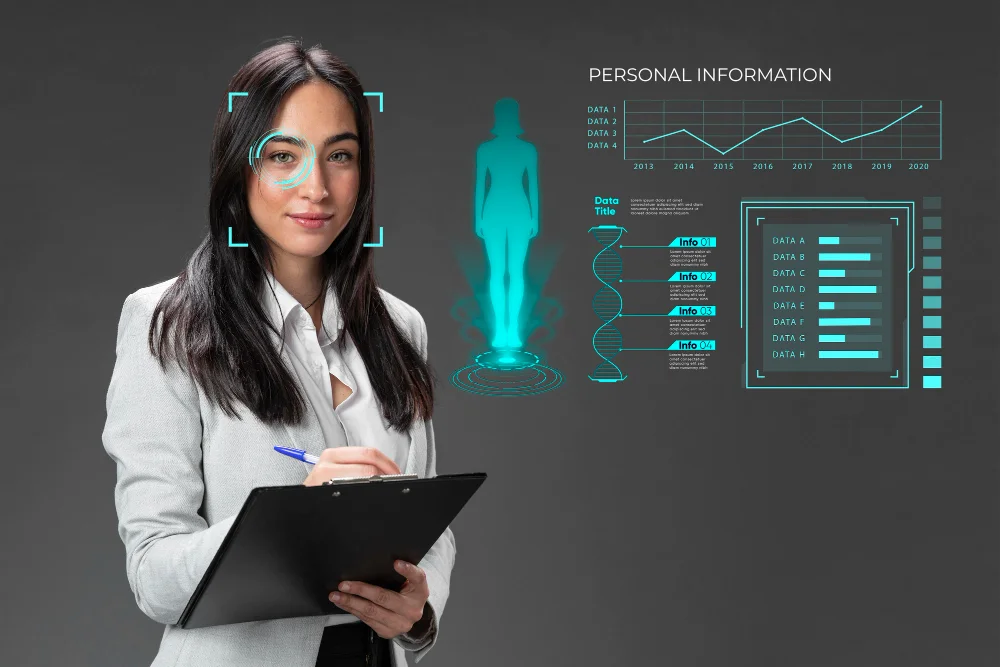Introduction
In today’s rapidly evolving healthcare landscape, technology has become the foundation of accurate and timely diagnosis. One name at the forefront of this transformation is Diag Image, a platform redefining how clinicians and healthcare providers interpret medical imaging. Through innovation, automation, and artificial intelligence, Diag Image is helping shape the future of precision diagnostics—making healthcare smarter, faster, and more efficient.
As the demand for early and accurate detection of diseases grows, Diag Image stands as a symbol of how digital transformation can improve outcomes and empower both patients and professionals.
The Evolution of Diagnostic Imaging
Diagnostic imaging has come a long way from traditional X-rays to advanced CT scans, MRIs, and 3D imaging solutions. However, the challenge has always been in interpreting data accurately and efficiently. Human error, time constraints, and inconsistent imaging standards have often slowed down the diagnostic process.
Diag Image bridges this gap by combining artificial intelligence (AI), machine learning (ML), and cloud-based technologies to enhance diagnostic precision. The platform helps radiologists and clinicians analyze images faster and more accurately, enabling better decision-making and treatment planning.
See also The Future of Smart Ambulances: IoT for Emergency Healthcare Response
What Makes Diag Image Stand Out
1. AI-Powered Image Analysis
At the core of Diag Image is its AI-driven image interpretation engine. This system uses deep learning algorithms to detect patterns, anomalies, and potential areas of concern in medical images. It’s not just about automation—it’s about augmenting human expertise.
By learning from thousands of imaging datasets, the AI continuously improves its accuracy, helping clinicians detect diseases such as cancer, cardiovascular issues, and neurological disorders at earlier stages.
2. Real-Time Diagnostics
One of the most powerful features of Diag Image is its ability to provide real-time diagnostic insights. Traditional imaging workflows often involve delays due to manual interpretation. Diag Image reduces turnaround times significantly, allowing physicians to make quick, data-backed decisions that can save lives.
3. Cloud-Based Collaboration
In a global healthcare ecosystem, collaboration is key. Diag Image enables seamless cloud-based sharing of medical images between hospitals, laboratories, and specialists. This allows for second opinions, multidisciplinary consultations, and improved patient outcomes—without geographical barriers.
4. Precision and Consistency
Consistency in diagnostics is crucial for patient safety. Diag Image ensures standardized imaging interpretation, minimizing human variability. Whether a scan is analyzed in one hospital or another, the diagnostic outcome remains reliable and consistent—thanks to advanced calibration and algorithmic precision.
The Role of AI in Precision Diagnostics
Artificial intelligence is transforming diagnostics in ways once thought impossible. In the case of Diag Image, AI serves as both a partner and a precision tool for healthcare professionals.
Automated Detection and Segmentation
AI algorithms can highlight specific regions of interest within an image, such as tumors, blockages, or abnormal tissue density. This automation speeds up the process while maintaining accuracy.
Predictive and Preventive Insights
Diag Image doesn’t just detect—it predicts. Through data analytics, it can identify risk factors and early signs of disease before symptoms appear, enabling preventive healthcare strategies that improve long-term outcomes.
Learning and Adaptability
The AI models behind Diag Image are constantly learning from new data. As more scans are uploaded and analyzed, the system becomes even more refined—enhancing precision with every interaction.
Enhancing Patient Experience Through Technology
While the technical aspects of Diag Image are impressive, its real value lies in improving patient care. Faster diagnostics mean reduced anxiety, quicker treatment initiation, and better recovery rates.
Patients also benefit from digital reports that are clear, accessible, and easy to share with healthcare providers. The integration of AI doesn’t replace doctors—it supports them, ensuring that each diagnosis is backed by both human expertise and technological accuracy.
Integration with Healthcare Systems
Diag Image is designed to integrate seamlessly with existing Electronic Health Records (EHRs) and hospital systems. This interoperability ensures that data flows effortlessly across departments, reducing administrative burdens and eliminating duplicate efforts.
Data Security and Compliance
In healthcare, data privacy is non-negotiable. Diag Image uses advanced encryption protocols and compliance frameworks to ensure that all patient data is protected. This commitment to security builds trust among healthcare providers and patients alike.
Driving Innovation in Medical Research
Beyond clinical use, Diag Image plays a crucial role in medical research. Its vast imaging data can be used to train new AI models, identify emerging disease patterns, and even support pharmaceutical companies in developing targeted therapies.
By leveraging data-driven insights, researchers can understand disease progression more clearly and design better diagnostic tools for the future.
Challenges and Opportunities Ahead
While Diag Image represents a major leap forward, challenges remain. The adoption of AI in healthcare requires regulatory approvals, clinician training, and infrastructure upgrades. However, these challenges also open doors for innovation.
As the healthcare industry continues to embrace digital solutions, platforms like Diag Image will set the benchmark for accuracy, efficiency, and trust in diagnostics.
Why Diag Image Matters for the Future of Healthcare
The future of healthcare lies in precision, personalization, and predictive care. Diag Image embodies all three by merging technology with human insight. Whether it’s detecting cancer in its earliest stage, identifying heart abnormalities, or analyzing complex neurological images, the platform ensures that no detail goes unnoticed.
By combining AI-driven accuracy with human compassion, Diag Image is not just advancing technology—it’s transforming the entire diagnostic experience.
Conclusion
The evolution of medical imaging is no longer about capturing clearer pictures—it’s about delivering clearer answers. Diag Image represents the next chapter in precision diagnostics, where innovation meets clinical excellence.
In a world where every second counts, Diag Image ensures that healthcare professionals have the right tools to make the right decisions at the right time. Through its advanced technologies and patient-centered approach, it continues to shape the way we understand, diagnose, and treat disease—marking a true revolution in modern medicine.


